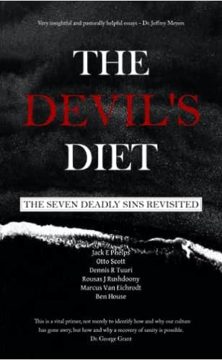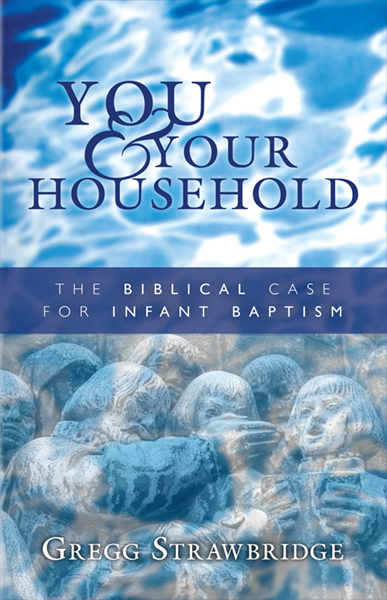Twenty-some years ago my sister was in France, studying Gregorian chant with the monks at the Abbaye Saint-Pierre in Solesmes. During her time there, the 14th of July rolled around, when the rest of the country celebrates la Fête nationale, better known to us as Bastille Day. But things were quiet in Solesmes and the surrounding countryside. Curious at this lack of merriment, my sister asked why they weren’t joining in the celebrations and was greeted with faces registering shock. In a heavily Catholic region, they would never consider observing a day that marked the start of a godless revolution that wreaked such havoc on the Church, France and the rest of Europe.
There are now 359 days remaining until the next Bastille Day. As we await its occurrence, I would like to propose for that day a counter-holiday to be titled AR Day, “AR” standing for Anti-Revolutionary. After the generation of war and instability set off in 1789 finally ended with Napoleon’s defeat in 1815, many Europeans, especially those still loyal to the gospel of Jesus Christ, set about attempting to combat the ideological illusions the Revolution had engendered. This entailed breaking with the modern preoccupation—nay, obsession—with sovereignty and recovering a recognition of the legitimate pluriformity of society.
In any ordinary social setting, people owe allegiance to a variety of overlapping communities with differing internal structures, standards, and purposes. These are sometimes called mediating structures, intermediary communities or, taken collectively, civil society. This reality stands in marked contrast to liberal individualism and such collectivist ideologies as nationalism and socialism, each of which is monistic in its own way—locating a principle of unity in a human agent to which it ascribes sovereignty, or the final say.
Recognizing that the only source of unity in the cosmos is the God who has created and redeemed us in the person of his Son, Christians are freed from the need to locate a unifying source within the cosmos. Thus the institutional church can be itself, living up to its divinely-appointed mandate to preach the gospel, administer the sacraments, and maintain discipline. The family is free to be the family, nurturing children as they grow to maturity. Marriage is liberated to be itself, free from the stifling constraints of the thin contractarian version now extolled in North America and elsewhere. And, of course, the huge array of schools, labour unions, business enterprises, and voluntary associations have their own proper places, not to be artificially subordinated to an all-embracing state or the imperial self.
This pluriformity is something worth celebrating! It may sound perfectly mundane when described in the way I have here, but the fact that the followers of today’s political illusions find it so threatening indicates that we cannot afford to take it for granted. Here are some suggested readings that highlight this dissenting anti-revolutionary tradition:
- Johannes Althusius, Politics (1614)
- Edmund Burke, Reflections on the Revolution in France (1790)
- Guillaume Groen van Prinster, Unbelief and Revolution (1847)
- Abraham Kuyper, Our Program (1880)
- Leo XIII, Rerum Novarum (1891)
- Jacques Maritain, Man and the State (1951)
- Yves R. Simon, Philosophy of Democratic Government (1951)
- Friedrich Julius Stahl, Philosophy of Law: the Doctrine of State and the Principles of State Law (1830)
I could go on and list many more resources, but these will suffice for purposes of our new holiday. I propose that we celebrate it by holding public readings from these and similar works. The food would consist of such anti-revolutionary delicacies as boerenkool met worst, haggis, Brazilian pães de queijo and pamonhas, and, for the sake of all those Byzantine-Rite Calvinists out there, loaves of white bread with taramosalata, Kalamata olives, and cruets of extra virgin (Greek!) olive oil.
Music will consist of mass communal singing of the Psalms, preferably from the Genevan Psalter. Additional music will be provided by (why not?) the monks of the Abbaye Saint-Pierre in Solesme! Let’s do it!

 His father was a professor of French Literature and his mother a piano teacher and a poetess. Jordan graduated from the University of Georgia in 1971 with a degree in Comparative Literature and studies in music and political philosophy. He finished his master’s degree in systematic theology at Westminster Theological Seminary, Philadelphia and was awarded the D. Litt. degree from the Central School of Religion, England, in 1993.
His father was a professor of French Literature and his mother a piano teacher and a poetess. Jordan graduated from the University of Georgia in 1971 with a degree in Comparative Literature and studies in music and political philosophy. He finished his master’s degree in systematic theology at Westminster Theological Seminary, Philadelphia and was awarded the D. Litt. degree from the Central School of Religion, England, in 1993.




 Michael Minkoff over at
Michael Minkoff over at 







 Federal and State income taxes coupled with payroll taxes add up to a fifty-percent tax rate here in California. A rate that increases as women raise their pay. So that if the pay gap ended today – Uncle Sam would take an even bigger chunk away from women. Perhaps these taxes are the simple shards from breaking through the glass ceiling?
Federal and State income taxes coupled with payroll taxes add up to a fifty-percent tax rate here in California. A rate that increases as women raise their pay. So that if the pay gap ended today – Uncle Sam would take an even bigger chunk away from women. Perhaps these taxes are the simple shards from breaking through the glass ceiling?













